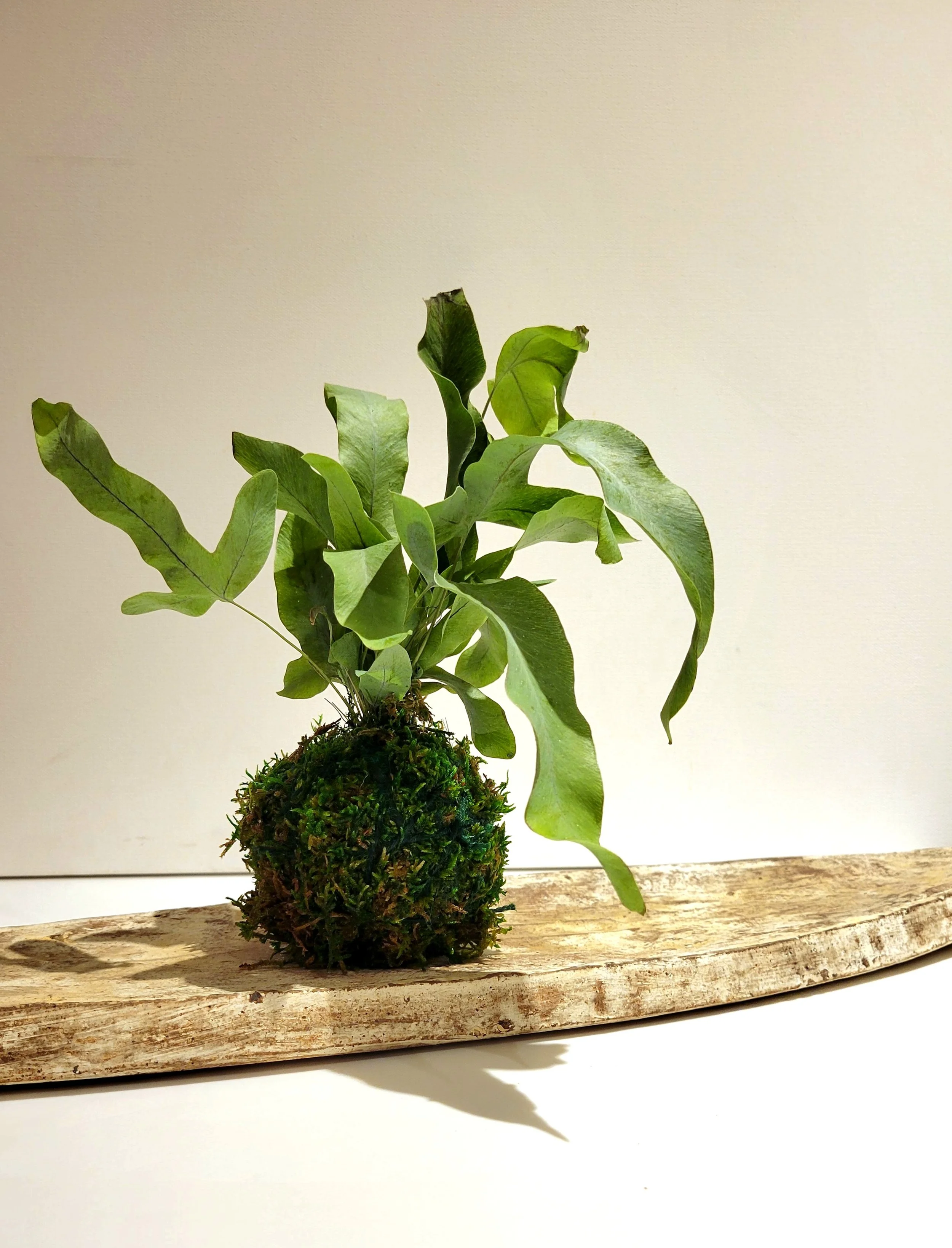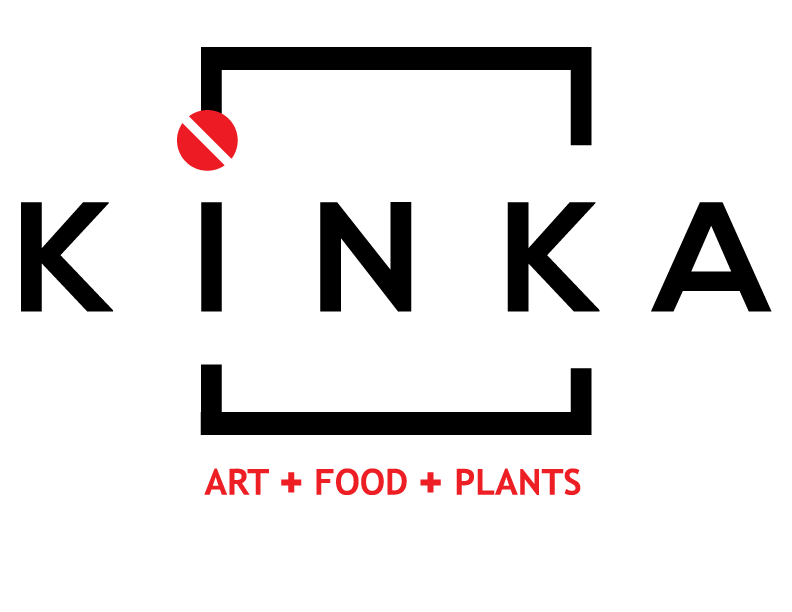
Plant Care
a small guide to help keep your new roommates happy
-

Orchid
Orchids most require moist, well-draining soil conditions. Place orchids in an east to south-facing window or room. These plants prefer bright, indirect light. Insufficient light results in poor flowering. Orchids need enough water but should be allowed to dry out some between waterings. Poking your finger about two knuckles into the soil. If it’s dry, give it some water; if it’s wet, no water. However, orchids like their air moist(humidity). Repotting could be done every other year. But if orchids stop blooming but have suitable light, temperature, and humidity, then repotting may be necessary. Unlike many other plants fertilizing methods, fertilizing with a very low rate fertilizer labeled for orchids while they are in flower.
-

Bonsai
Bonsai Tree: To determine the best location to display your bonsai, you’ll need to know what type of tree it is and whether or not it’s an indoor or outdoor plant. Most common types of bonsai such as juniper, pine and spruce trees are outdoor plants and should be exposed to the seasons like their larger counterparts. Indoor bonsai trees are typically subtropical species which thrive off of stable temperatures throughout the year. These include jade plants, Hawaiian umbrella trees, and ficus trees. The number one cause of most bonsai tree deaths is under-watering. Because the soil layer is so shallow, it is prone to drying out very quickly. Bonsai trees should be watered right when the top layer of soil appears dry. Depending on the type and size of your tree, as well as the type of soil you use, the frequency of watering can differ. When watering your bonsai tree, the main goal is to fully saturate the root system with water. To ensure proper saturation, keep watering until water escapes through the draining holes. Allow for proper draining. Overwatering can also be detrimental for your bonsai tree. Symptoms of an overwatered bonsai include: yellowing of leaves and the shriveling of smaller branches. If a bonsai is overwatered, its roots are drowning in water and are deprived of oxygen which prevents further growth to support the tree. Overwatering can also result from poor-draining soil. To ensure that you are watering your bonsai properly, you’ll need to assess your bonsai tree daily. The rule of thumb is to water as soon as the soil appears dry.
-

Kokedama
We wanted to add a blurb about kokedama… Your kokedama care will be dependant upon the plant (find your plant) and know that the watering may be a little more frequent as the smaller soil base may dry out faster than a potted plant. To water, get a bowl and fill about 1/3 to half way of the ball and let the water absorb into the kokedama. Be sure not to go above 1/2 of the ball to prevent molding and other issues.
-

Aftican Milk Tree
African milk tree (Euphorbia trigona) like bright, indirect sunlight. A southern-facing window works well for indoor growing and doesn't need much water, make sure to let the soil dry out between each watering to mimic its natural habitat. They enjoy a dry or arid climate and can withstand fairly hot temperatures.
You may repot your Euphorbia Trigona every 1-2 years to ensure that there is enough room for its roots to anchor it down. Be sure to plant in a pot with drainage holes to avoid root rot. As this plant is highly toxic, you should always wear gloves when handling it. (with a little help from stakes).
As the African Milk Tree can grow very tall and has a small root system, pruning becomes necessary to prevent this succulent from toppling over from becoming too top-heavy. Always use gloves when handling this plant. Remove stems to keep the plant balanced using a sharp sterilized blade. As you process the pruning (cutting down), you can use the cutted pieces for making new plants as a propagate!

